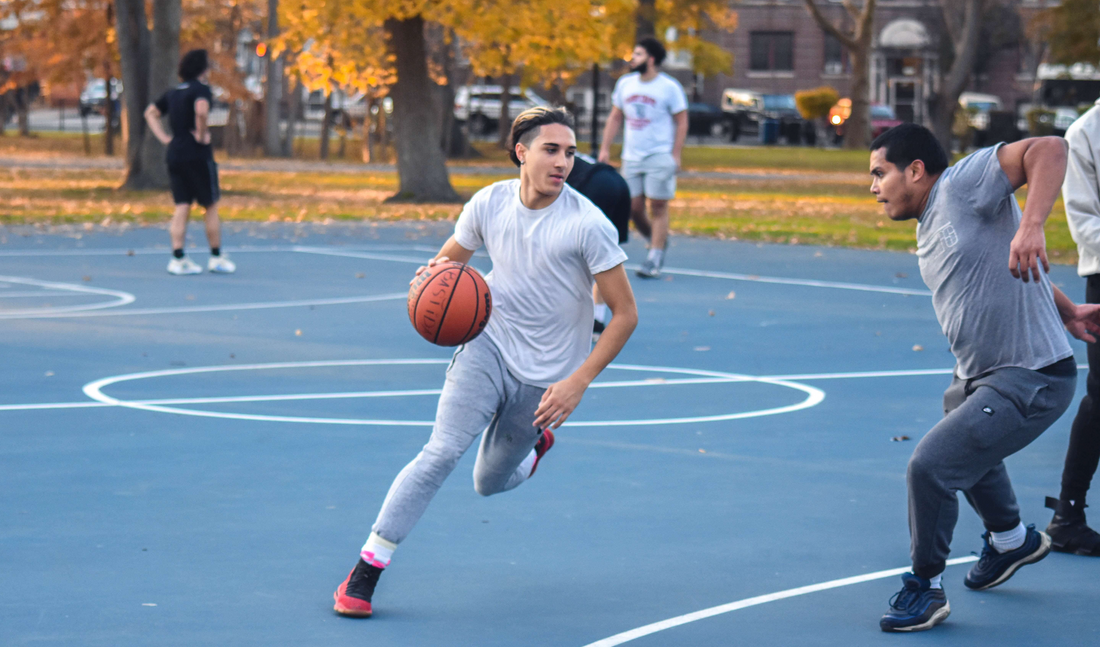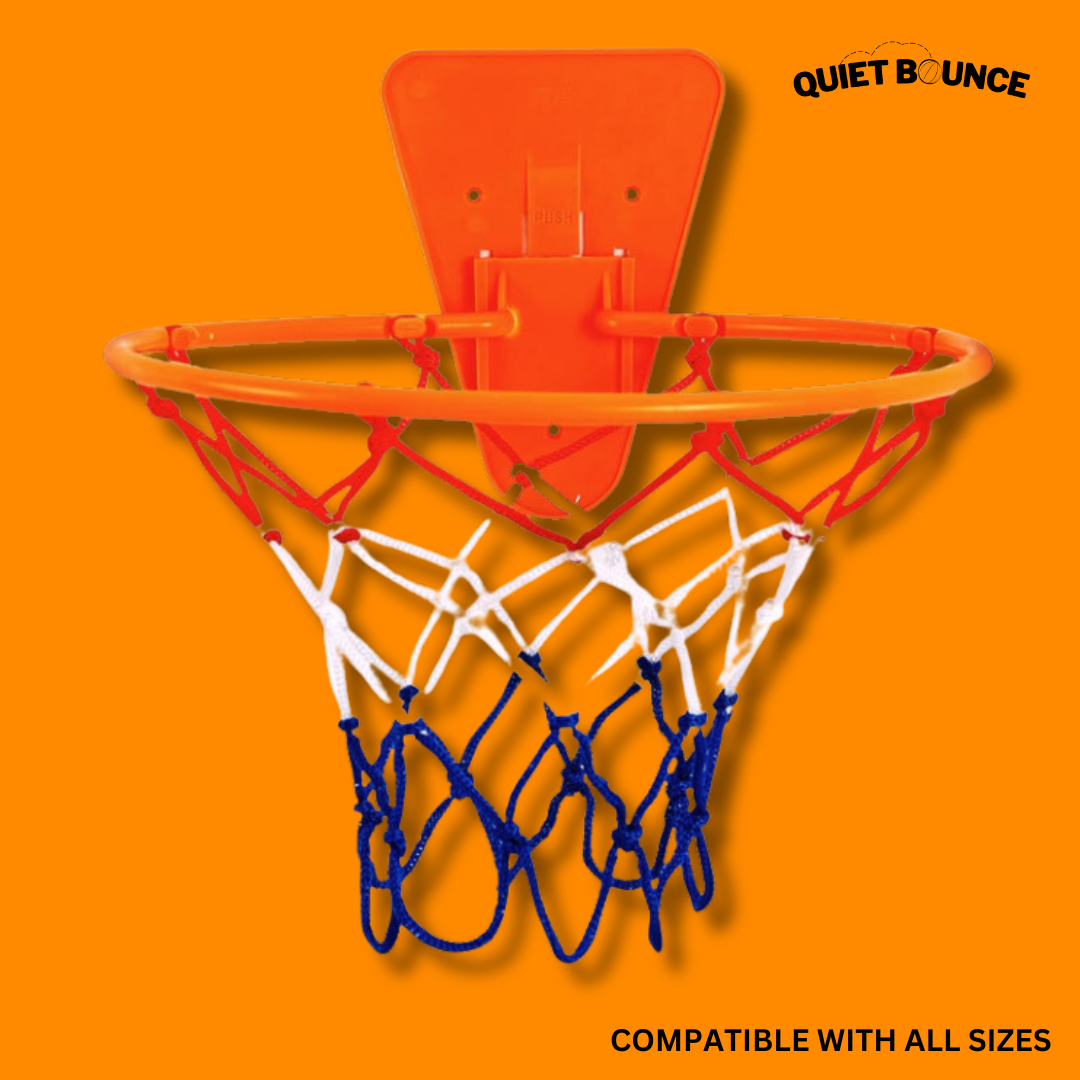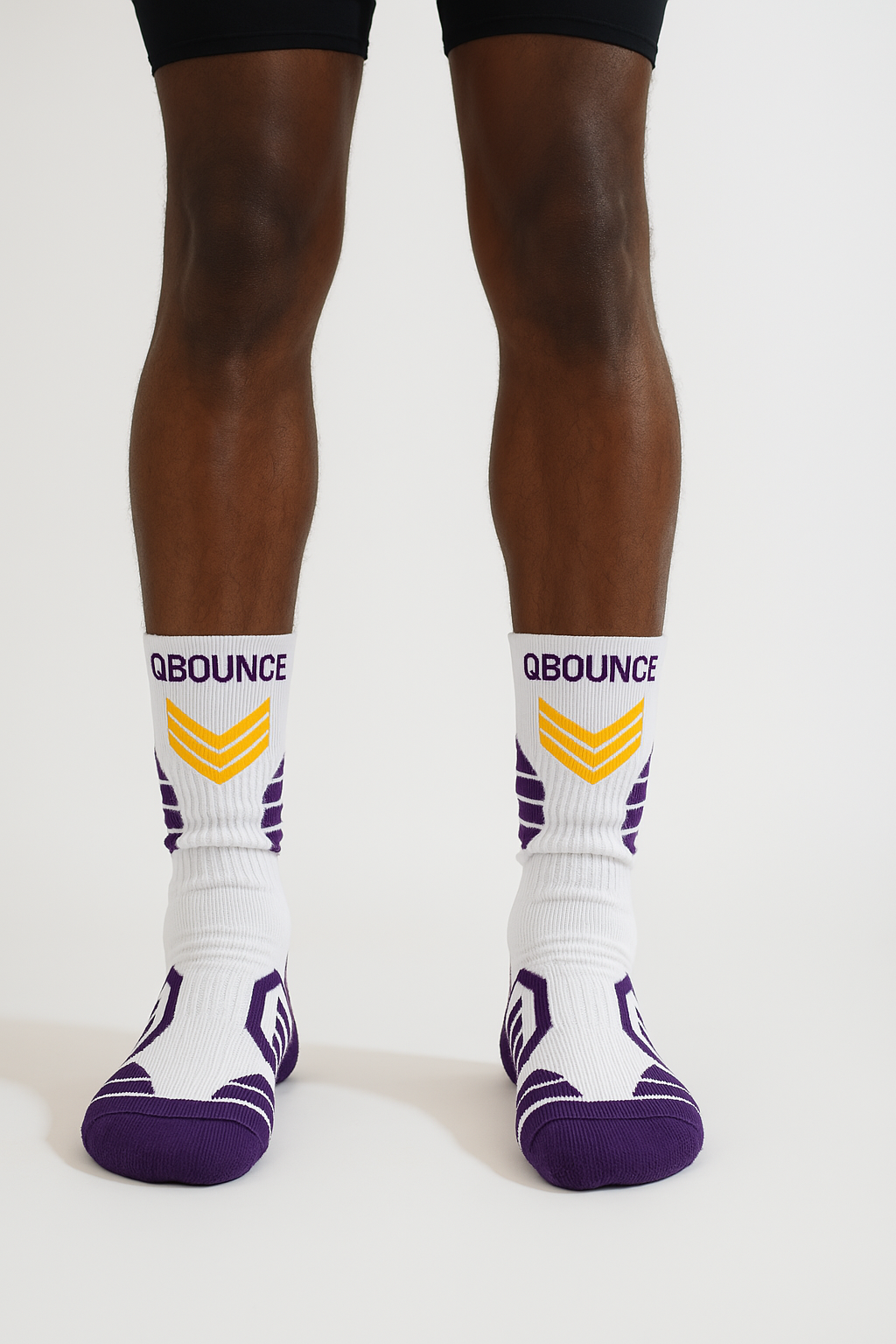
How to Dribble a Basketball
Share
Dribbling is one of basketball’s basic building blocks — you have to become proficient at it if you want to excel at the sport. But you might not realize there’s more to dribbling than meets the eye. On the surface, dribbling is a means to move around the court. Below the surface, however, there’s so much more to take note of. Here we’ll take a look at what goes into the perfect dribble, plus share basketball home training equipment & practice drills you can incorporate into your training.
Dribbling is a fundamental skill in the game of basketball. It allows you to maintain control of the ball while you’re moving, to create scoring opportunities, and to evade defenders. Without proper dribbling skills, you’re limited in your ability to contribute to the game, and you become more susceptible to turnovers. For this reason, proficiency in dribbling is essential for players at all levels, from beginners to professionals.
Official Dribbling Rules
There are specific rules that govern how players can execute their dribbling. These rules are meant to ensure fair play and maintain the integrity of the game. So if you want to avoid violations, it’s imperative you understand and adhere to them. Some key rules related to dribbling include:
- The player must continuously bounce the basketball with one hand while moving.
- The ball must be bounced off the floor, not thrown or caught.
- The player must not touch the ball with both hands simultaneously or stop dribbling and then start again.
- The player must not carry or palm the ball, maintaining proper control with their fingertips.
Role of Dribbling in the Game
One of the fundamentals of the sport, dribbling is more than just a way to get from point A to point B on the basketball court. When you use it effectively, dribbling can actually contribute to the flow, strategy, and success of your game.
First and foremost, dribbling allows you to maintain possession of the ball. It also enables you to penetrate the defense, get to the basket, and create scoring chances for your team. While dribbling, you can manipulate the defense and create passing lanes to deliver smart passes. You can also control the tempo of gameplay. For example, you can slow it down when you want to set up plays or speed it up by pushing the ball in transition.
Fundamental Techniques for Effective Dribbling
It goes without saying that dribbling requires good ball handling skills and impeccable form. If you can lock in both of those things, you’ll be able to react quickly to game situations and reduce turnovers. To level up your abilities, practice basketball drills that focus on the following elements.
- Proper posture and stance: Stand with your feet shoulder-width apart for stability. Now bend your knees slightly to allow for better body control and quick changes in direction. Also, keep your back straight — this promotes good balance and helps you stay in control of the ball.
- Hand and finger positioning: When you’re dribbling, the ball should make contact with your fingertips, not your palm, so you have more control and maneuverability. Having your fingers spread out helps you grip the ball firmly and maintain control, but you should keep your hand relaxed since tension can hinder your dribbling.
- Body positioning: Keep your body low — maintaining a low center of gravity not only helps you stay balanced but also makes it harder for defenders to steal the ball. Keep your head up and face the direction you want to move so you can see the court and make better decisions. At the same time, use your off-arm (non-dribbling arm) to shield the ball from defenders and create space.
Advanced Dribbling Techniques
Once you’ve locked in the fundamentals, it's time to move on to more advanced dribbling techniques.
- Dribbling on the move: Use your body and non-dribbling arm to protect the ball from defenders. Varying your speed and direction can help you create separation from defenders and keep them off balance. Incorporate crossovers and “between the legs,” “behind the back,” and other dribbling moves into your repertoire. This will make it harder for defenders to anticipate your next move.
- Dribbling with both hands: Spend extra time practicing basketball drills outside of practice with your weak hand to improve its control and coordination. Better yet, challenge yourself to use your weak hand as much as your dominant hand during practice and in game situations. Mastering moves such as the “crossover dribble” and “between-the-legs dribble” with both hands will make you unpredictable and difficult to guard.
- Dribbling against defenders: Maintain a low dribble and use quick, explosive movements to change directions and create separation. Employ hesitation moves, crossovers, and fakes to throw off defenders and create openings to drive or pass. Pay attention to the positioning and movements of defenders, and exploit any gaps or weaknesses in their coverage.
Now that you know what goes into an effective dribble, you’re probably thinking that the pros make it look deceptively simple. Just remember, mastering dribbling takes practice, repetition, and game experience. But if you can incorporate these dribbling drills into your training regimen, you’ll be on the path to becoming a more confident ball handler. Now grab your basketball and start working on your moves!




